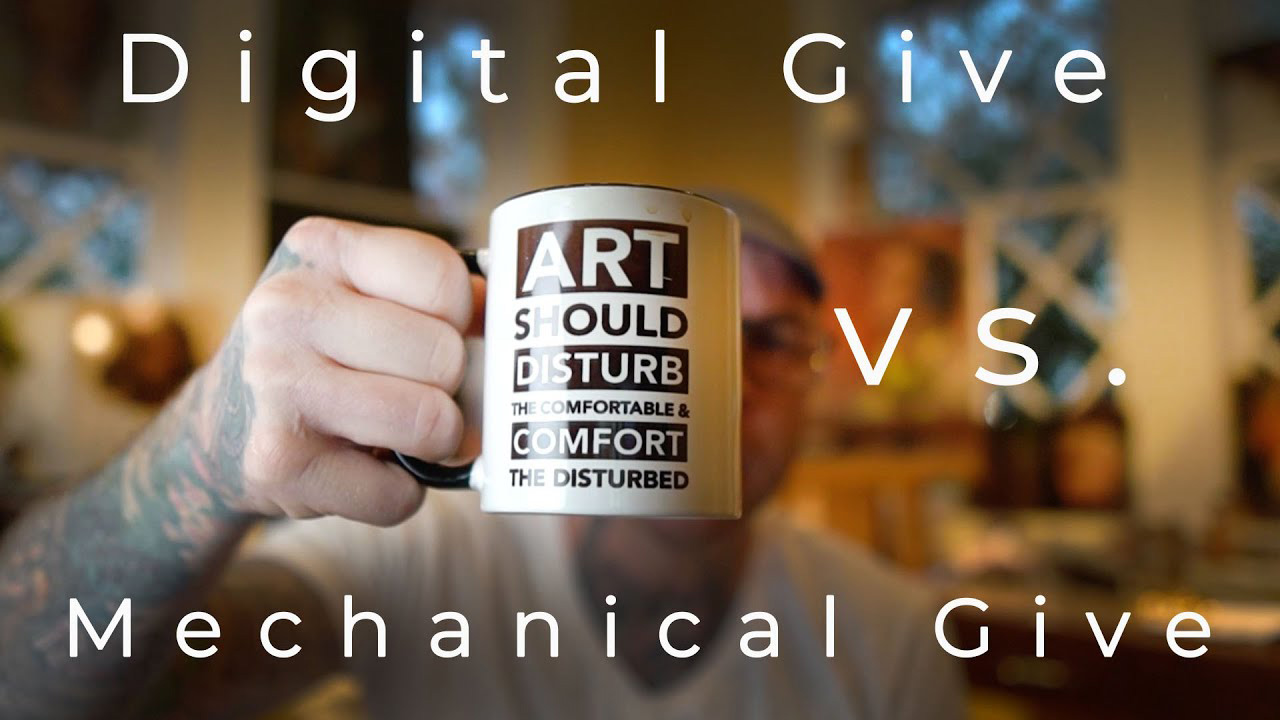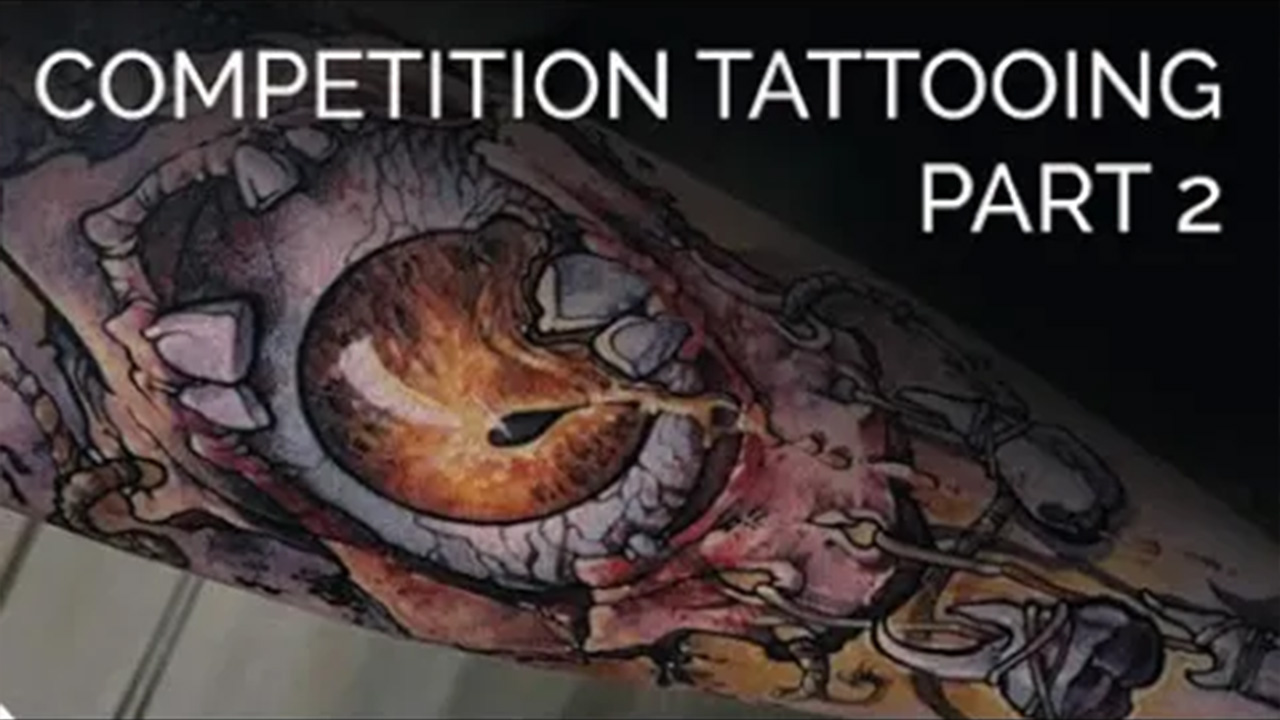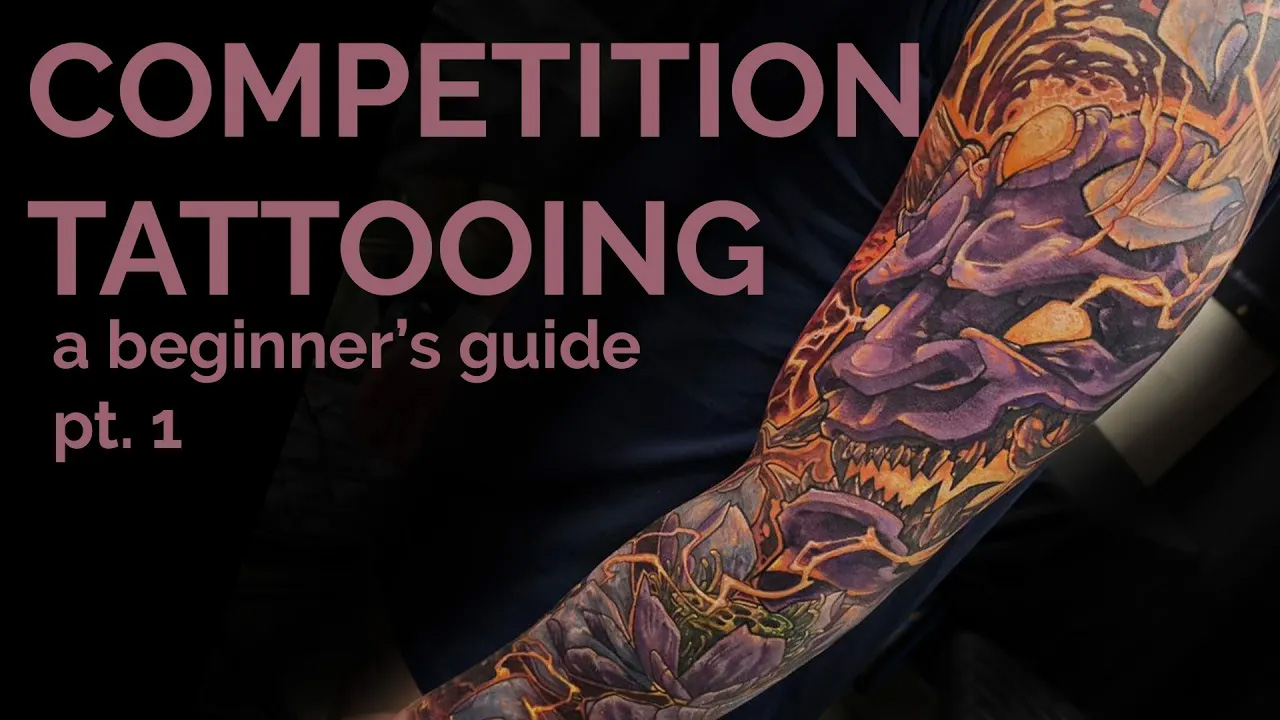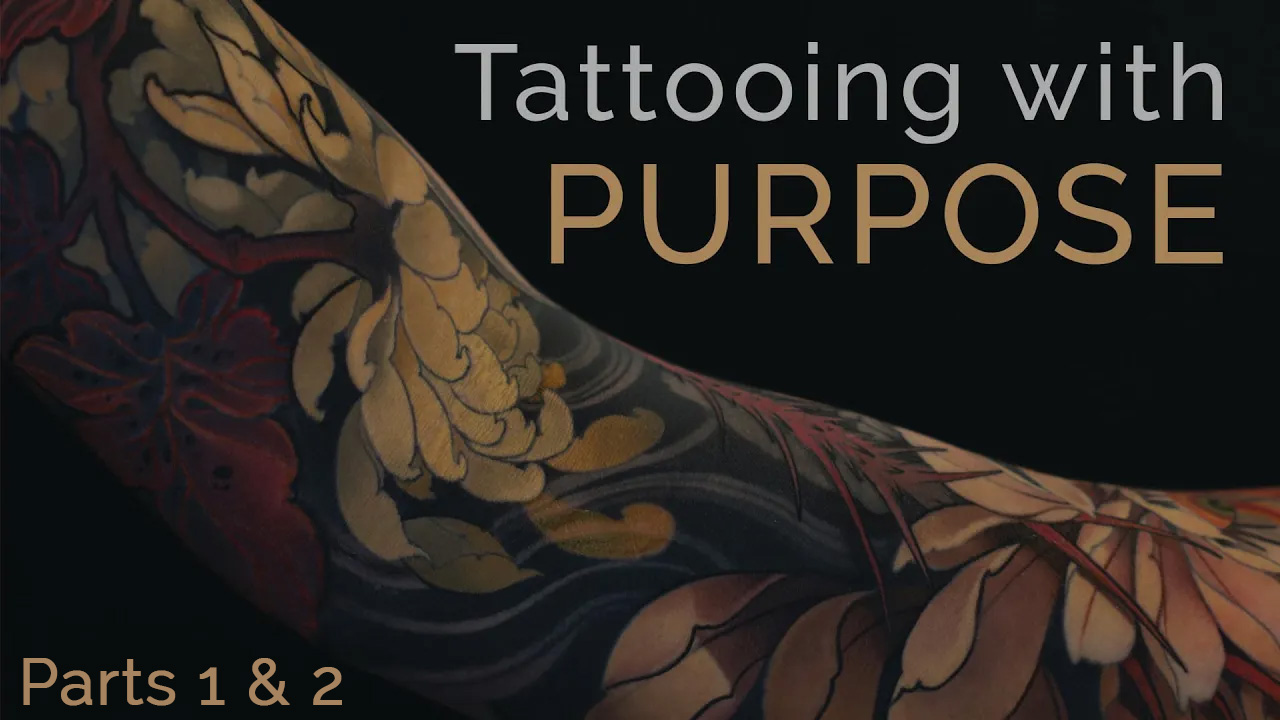Drawing For Tattoo Design: Keeping Recurring Themes Engaging Rich Wren EP 248
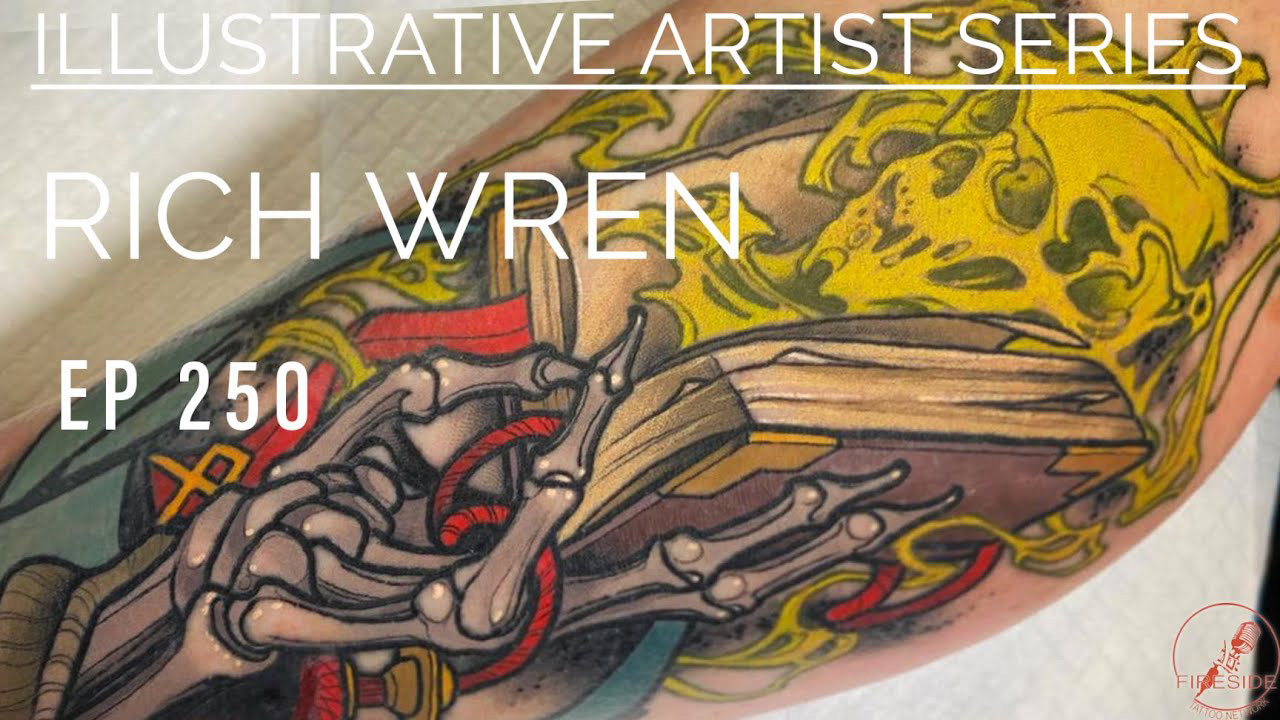
Keeping Recurring Themes Engaging | Rich Wren | EP 248
Continuing our Illustrative Tattooing Series this week, we talk with one of our favorite and certainly one of the most prolific tattooers, Rich Wren.
Rich puts out a lot of great work and always finds ways to keep his subject matter fresh and engaging. There are tons of nuggets and interesting stories in this one; we think you'll enjoy it!
This episode was made possible thanks to:
Interview by By Jake Meeks —
Writing By Daniel Pushcarich —
Topics: [Some keywords that describe the topics touched on ie. Tattoos, Tattoo Machines, Style of tattooing, Other types of tattoo topics]
“I just did a bunch of laser snakes...I and it was drawn specifically for that part of the body, which is a very distinct shape.”
— Rich Wren
Rich Wren (@Therichwren) was passionate about art and illustration from a young age, drawing popular characters and later becoming deeply interested in graffiti. His journey led him to study glassblowing at Tyler School of Art, where he also developed skills in moldmaking and welding.
He taught himself how to tattoo, eventually working in local shops before opening Relic Tattoo Studio, which has been operational for 10 years!
Rich’s personal style draws from his interests in the occult, spooky themes, witches, magic, aliens, and monsters, which he brings to life through his illustrations.
Rich Wren is based in Horsham, PA and owns/tattoos at Relic Tattoo Studio.
Please enjoy!
INTERVIEW LINKS, MENTIONS, AND SHOW NOTES BELOW…
SELECTED LINKS FROM THE EPISODE
- Connect with Rich Wren:
Relic Tattoo | Writchcraft.com | IG | Sculpture IG |
SHOW NOTES
- [00:00] Jake Introduces Rich
- [04:30] Enter Rich Wren, The Backstory
- [07:36] Client Involvement
- [12:15] Iterating and Creating Diverse Tattoo Designs
- [16:29] Always Keeping The Shape of the Body In Mind
- [17:30] Pulling Reference From Life
- [23:11] If You Get The Idea, That’s GREAT! If You Don’t, That’s Great!
- [27:25] Keeping Recurring Themes Engaging in Tattoos
- [32:12] You Need To Research for Client Ideas
- [33:15] Building Your Tattoo Design Palette From A Core Color
- [40:01] Unique Combinations From Client Inspiration
Keeping Things Fresh in Your Tattoos!
Style is a funny thing. Every artist seems to want to find “that thing” that makes their artwork stand out over and above other artists. And sometimes an artist does eventually find that thing they can call “style”, that strange and ethereal thing that clients travel far and wide for. Maybe it’s a certain type of subject matter, or a way they use line weight, or a combination of color palette and shape design that they do, but it’s the thing that everyone comes to them for and it’s GREAT…well, maybe it is.
Occasionally there might be some drawbacks to having such a signature within your artwork. So when is it not helpful? Probably when you’ve established yourself as the “bird and snake guy” and you’re on snake number 32 and nobody ever asks you to do that cool octopus design on the wall. Lets dig into that a bit!
Freshness and Uniqueness in Art
In the creative process, maintaining freshness and uniqueness is crucial to keeping oneself engaged with the work. This might involve looking for subtle details like smirks or specific colors such as red ropes or green finger tips to differentiate each piece. Each iteration of a drawing, even if it's the same subject, should bring something new and interesting to sustain engagement and avoid monotony.
Importance of Background and Details
Incorporating unique elements in the background is a method used to make each artwork special. This could mean hiding subtle details of a story or adding unexpected components that make the piece “exceptional”, as Ande Chambers likes to describe it. Illustrative style tattoo artists especially, strive to ensure that each work stands out not only to clients but also to themselves, finding something extraordinary in each piece that sets it apart and makes it memorable for them.
Continuous Evolution in Artistic Style
To keep their work evolving, some artists often avoid repeating popular designs even if they were successful. Instead, they seek new angles and elements to incorporate, such as using an Erlenmeyer flask instead of a traditional potion bottle, mentioned by Rich in the discussion. This drive for uniqueness can sometimes stunt commercial success but ultimately leads to personal satisfaction and artistic growth, ensuring that each creation feels fresh and innovative.
Inspiration, Iteration, & Ideation in your Tattoo Designs
Brainstorming and Reference Gathering
Rich’s preferred approach is immediately going into reference research, looking up specific elements like faces or poses, and then using these references to draw the initial design in its entirety, and then iterating on that idea by drawing another couple complete designs. Although Rich's approach works well for him because of the speed at which he can draw, it’s far and away from the norm.
When starting a new project, it's essential to brainstorm ideas, either through sketches or compositional outlines, before diving into the drawing. The process is really up to you on how you approach it, but usually involves creating initial sketches or thumbnails and gathering references and materials.
Sometimes, If it’s more of an illustrative narrative driven design then delving deep into the story or researching the meanings of different elements for inspiration is also a really great idea. This is especially useful if someone comes to you with subject matter you’re not familiar with.
Iterative Design and Client Collaboration
So, after making about 4-6 thumbnails or draft drawings, discard the 2 or 3 drawings that aren’t really working and focus on the most compositionally strong ideas. From here you can really start to mold them into more detailed and complete ideas. You can either refine your small thumbnails or you can redraw them, creating bigger sketches with altered angles or add additional elements.
For Rich’s method, he often presents his clients with two or three different versions of an idea to choose from. One might have a potion bottle, another might have chicken legs, and a third might have the head position facing ¾, and they usually ask to combine some of the elements from each drawing. His iterative process, although time-consuming, creates a nice collaboration between the artist and the client.
Balancing Creativity and Efficiency
Rich’s ability to draw quickly comes from his refined personal “shape library,” which includes distinctive elements like potion bottles, crosses, eyeballs, and teeth. This library allows him to create detailed examples efficiently, incorporating common themes in his witchy vampiric style. Building a shape library can help artists stand out by developing a unique style and enabling quick iterations of designs.
Developing a personal shape library is highly beneficial for artists interested in illustrative styles. It involves creating common shapes and elements, such as ginkgo leaves, snakes, or bones, that can be easily incorporated into designs. Another artist proficient in this technique is Tom Strom, who uses creepy and cute flora, fauna, and living objects like tombstones and trees in his work. We’ve got an excellent episode with him and his wife Jackee Sandelands-Strom as well that you can find HERE!
With that being said, research and reference gathering are crucial for building a shape library. Continuously drawing common elements from life helps artists visualize how they fit into any design. So when you show your clients what you came up with it allows for quick and efficient adjustments to get to that final product faster. This method ensures that tattoo artists maintain creativity and efficiency throughout the design process.

MORE Rich QUOTES FROM THIS INTERVIEW
Iterating and Creating Diverse Tattoo Designs
[14:30] “I'll draw four different ways to do that with four different bodies and four different sets of eyeballs and teeth and all that kind of stuff…”
— Rich Wren
Don't Force The Process, Reference Gathering For Setting The Tattoo Scene
[15:10] “I just need to see it through all the way...when I can tell I'm forcing it, I stop and then I come at a different angle.”
— Rich Wren
Keeping Recurring Themes Engaging
[30:40] “I guess there's some small things that I'd like to see, whether it be the change of an angle, an addition of a different kind of engagement of a background. I want it to be unique every time. I feel like that stunts me, but it also makes me feel good about myself.”
— Rich Wren
PEOPLE MENTIONED
- Teresa Sharpe
- Nick Baxter
Want more tattoo education and resources?
Check out our Drawing For Tattoos catalog HERE!
The Fireside Tattoo Network is home to the Fireside podcast, Fireside Technique video series and our Fireside Weekly blog.
The Fireside Tattoo podcast is hosted by veteran tattooer Jake Meeks, check out our episodes where we discuss, argue and wax philosophical, from tips for all levels of artists to trends in the tattoo world. Many guest artists have sat down for interviews and in-depth conversations and many more are planned…check back often!
Our Fireside Tattoo Overview video series offers informative, short, and detailed videos geared towards helping artists understand the science and nuances of tattoos and make more informed decisions to improve their work. We often take some of our more technical topics from our Fireside podcast and film an in-depth, narrated, time-lapse video showing exactly how Jake or our featured artists handle certain issues.
Support us while buying the stuff you need at the links below!
- Get 10% off the Neuma 4 with code “Fireside” at checkout
https://neumatattoo.com - Get 10 % off all S8 Tattoo products with promo code “Fireside”
https://s8tattoo.com/ - TattooNOW Website and Automation services at the link below
https://TattooNOW.com/Fireside - Get 10% off your order from Raw Pigments with code “fireside”
https://rawpigments.co/
Drawing for Tattoo Design
Your tattoo designs starting to feel stagnant? Feel like you’re not progressing? Drawing is the single most important piece of the tattoo process. No level of technical tattoo skill can overcome bad composition and draftsmanship.
Fireside Tattoo Network simplifies the tattoo design process with the Fireside Method. By focusing on the principles of Shape, Value, Edge and Color, we help you identify and solve your biggest challenges early in the design process.
The Fireside Method:
Check out some of our podcast episodes as well!
Recent News
Inside Fireside: Mentality, Pain Management, and the Art of Client Care with Kurt Jacobson
- 09/06/24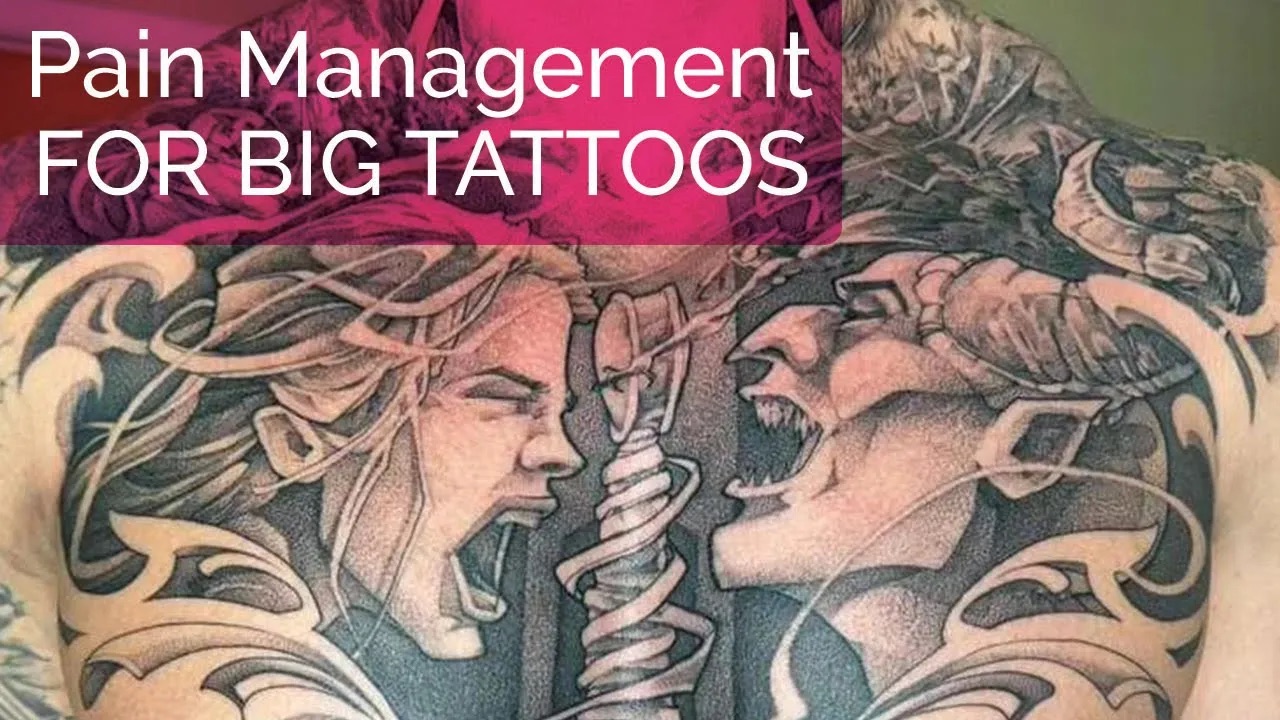
Why Do We Care About Give? - Carson Hill
- 07/24/24